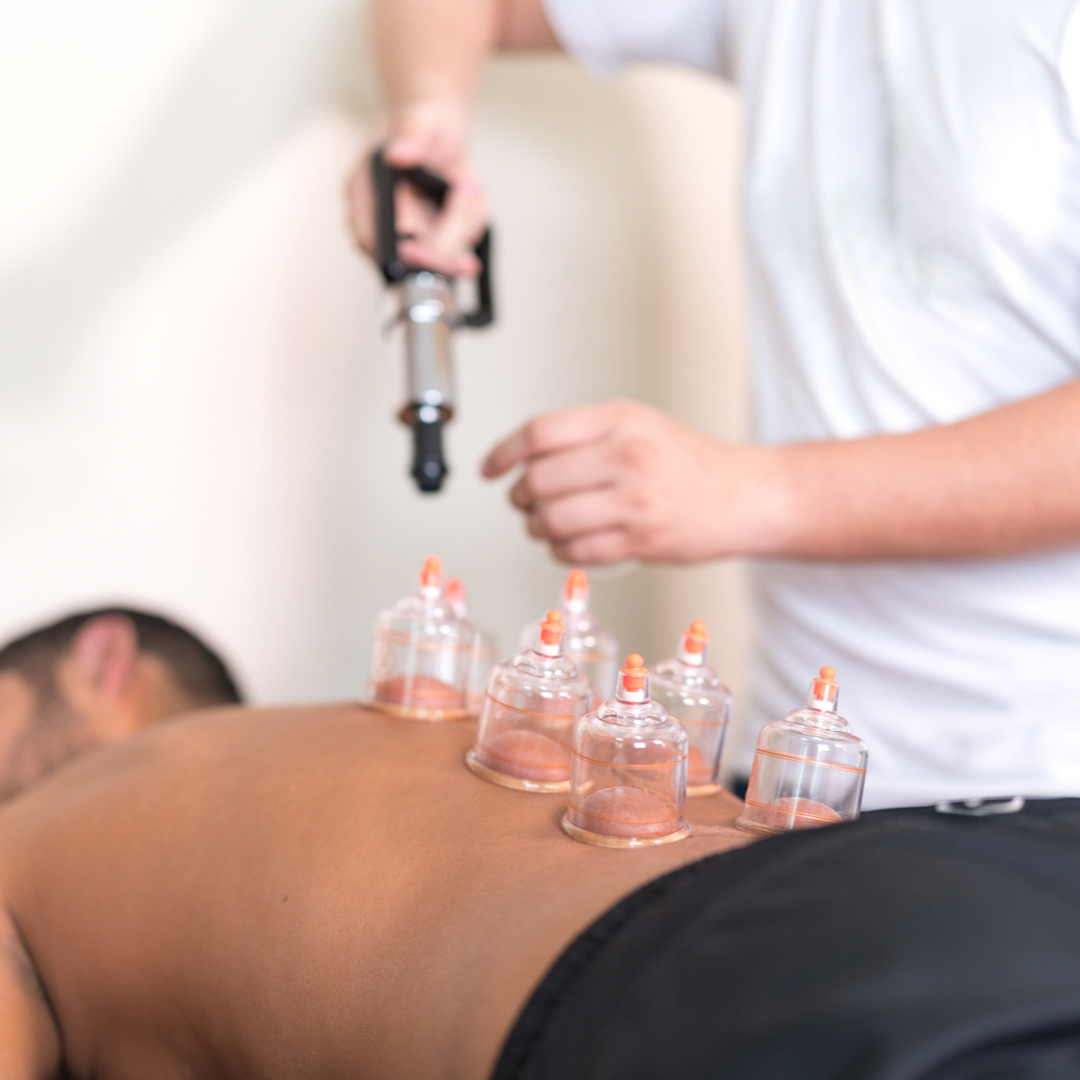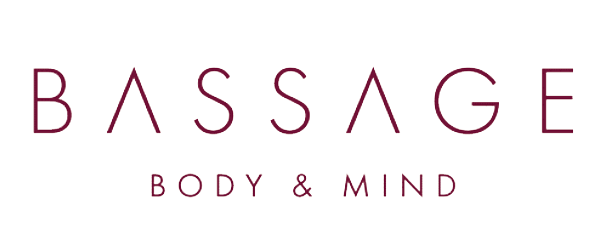
Cupping / Hijama Therapy
Cupping Therapy
Cupping is a traditional Chinese medicine that has been practised for more than 2,000 years.
The benefits of cupping include local pain relief and muscle relaxation. In addition, cupping improves overall health by removing toxins and energy blockages that therapists identify as barriers to healthy energy flow or qi.
Cupping can treat pain, break up scar tissue and release fascia. In addition, it can relax muscles in spasms and increase blood flow to specific areas.
Types of Cupping Therapy
WET (Hijama) – Cupping therapy uses negative pressure by creating a vacuum to draw the skin and underlying tissues into the cup. The created suction increases blood, and lymphatic flow relaxes muscle tissue, releases tissue adhesions, and draws stagnation and toxins out of the body. This process can leave marks (not bruises) on the surface to allow the body’s lymphatic system to better drain the stagnation from the tissue. The marks generally fade within 1 – 2 weeks.
DRY – The sliding cups technique is traditionally performed on large back muscle groups to treat pain and muscle spasms. Massage oil is applied to the skin before the cups are placed, allowing the cups to glide easily over the skin surface.
FIRE – is an alternative, non-invasive treatment technique that uses special cups placed on the skin to encourage blood flow to damaged areas. This unique therapy is often recommended to patients who suffer from muscular pain, joint pain, skin problems, and respiratory disorders.
So if you are interested in cupping therapy, make an appointment with BASSAGE Body & Mid to find out what it can do for you.
What conditions can cupping treat?
It may be particularly effective at easing conditions that create muscle aches and pains.
Cupping therapy may help with the following conditions, among others:
- lower back pain
- neck and shoulder pain
- headache and migraine
- knee pain
- shingles
- facial paralysis
- cough and dyspnea
- acne
- lumbar disc herniation
- brachialgia, the pain produced by a trapped nerve in the neck
- carpal tunnel syndrome
- hypertension
- rheumatoid arthritis
- asthma
More studies are needed to assess the true effectiveness of cupping for these conditions.
Side effects
There are many side effects associated with cupping. The side effects you may experience typically occur during your treatment or immediately after, such as:
- circular marks where the cups have been
- discolouration
- dizziness
You may feel lightheaded or dizzy during your treatment and after your treatment. Rarely, you may also experience sweating or nausea.
After treatment, the skin around the cup’s rim may become irritated and marked in a circular pattern. You may also have pain at incision sites after your session.
Available as a stand-alone 30-minute treatment or combined with massage.
